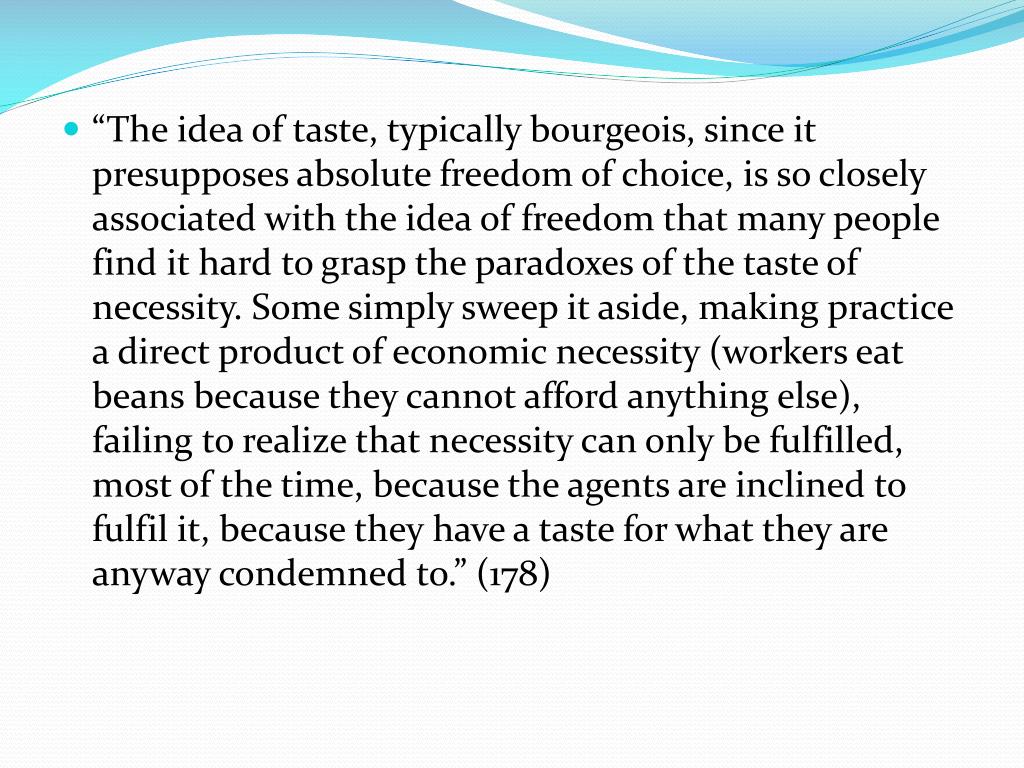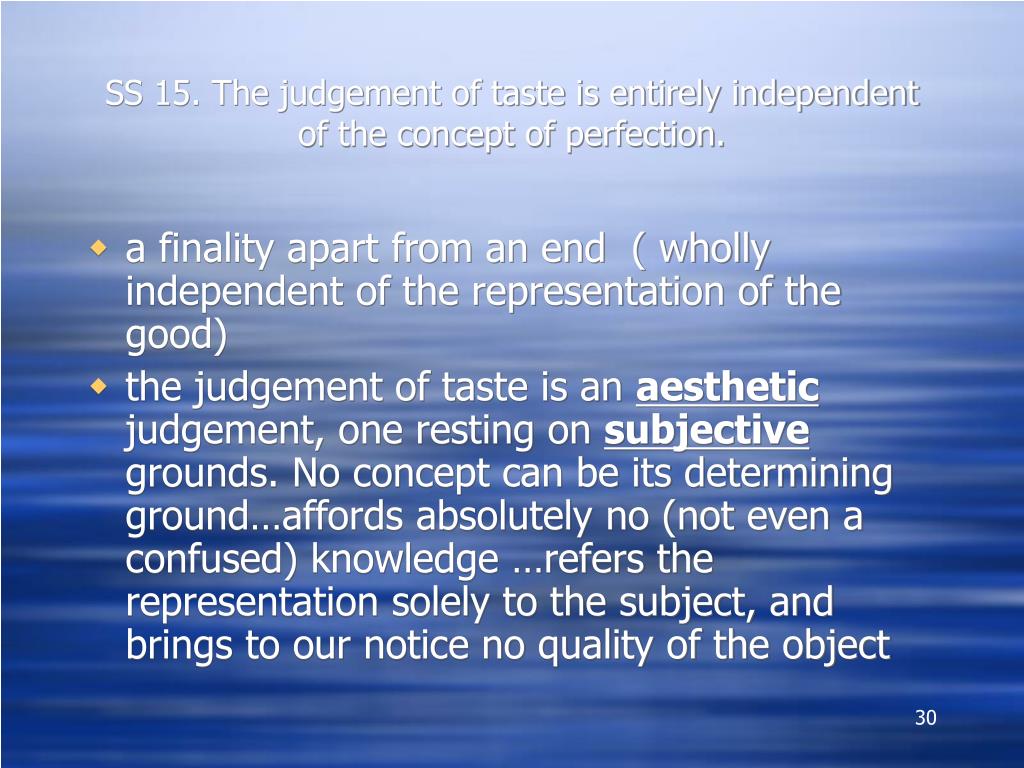
Simply, we internalise and embody external structures throughout our life which in turn produce social structures. 'For Bourdieu, the body is a mnemonic device upon and in which the very basics of culture, the practical taxonomies of the habitus, are imprinted and encoded in a socialising or learning process which commences in early childhood'(Jenkins, 1992 :76). Bourdieu retains some of the concept's original meaning with the relation between habitus, body and field. The original meaning of Habitus is that 'it is an acquired system of generative schemes objectively adjusted to the particular to the particular conditions in which it is constituted' (Bourdieu, 1977:95). Bourdieu creates a bridge between these two dualisms in the form of 'habitus'.

However these structures do not necessarily control and dominate agents as Marx, Althusser and others thought. Bourdieu believes that 'social life cannot be understood as simply the aggregate of individual behaviour' (Jenkins, 1992:74), so that structures need to be analysed too. This essay will attempt to explain and assess these concepts and their interaction between one another which according to Bourdieu causes social inequality. Bourdieu utilises four concepts to explain social inequality: habitus, field, capital and symbolic violence. Instead his notion encompassed the relations between culture and power and how this shapes social class. overlapped and elaborated on Marx's predominantly objective account of social class that economy was the sole reason for social inequality.

He gave a different approach to the structure/ agency, subjective/objective debate, believing they.

His most widely known work being, Distinction: a critique of judgement and taste, which has been ranked as the 6 th most important social scientific work of the of the 20 th century (Swartz and Zolberg, 2004:2). Pierre Bourdieu has been a long standing figure in the realms of sociological thought.


 0 kommentar(er)
0 kommentar(er)
